I was searching for flights for a last minute getaway from Riga, and the cheapest direct flight was to Kyiv. Until that moment, Ukraine wasn’t on my travel radar. Russia’s annexation of Crimea was big news in Latvia and the 2014 Euromaidan riots still seemed all too recent. Was it safe to visit Ukraine? Mr. Google said yes so I quickly booked flights and a hotel. What followed were four incredible days discovering a dynamic European capital keen to shake off its turbulent past and welcome tourists with open arms.
During my visit I found Ukrainian flags flying proudly against a backdrop of stunning architecture, UNESCO-listed monasteries glittering in the sun, vibrant street art, hipsters sipping lattes in stylish cafes, and kids on pony rides in leafy parks. It felt a lot like Budapest, but without the annoying crowds. There were so many interesting things to do in Kyiv that I could have spent a month there and still not have done it all. Four days simply weren’t enough.
My first stop was Maidan Nezalezhnosti, or Independence Square, scene of the heaviest violence in 2014. Two years later few signs of destruction were visible. The burned-out Trade Unions Building was draped with white canvas sheets and two vehicles were left parked across the street. A memorial wall dedicated to the dozens of Euromaidan victims stretched up the hill towards Hotel Ukraine.
The square itself was completely rebuilt after World War II when Kyiv was all but obliterated by Soviet forces. The new buildings were constructed in the heavy “Stalinist Empire” style and now look wonderfully retro with their colorful block letter signs. All the Soviet monuments came crashing down along with the USSR itself in 1991 and were replaced by symbols of an independent Ukraine.
Many of Kyiv’s main attractions fan off from Maidan and it took me over two days to explore them. One of the most stunning is St. Michael’s Golden-Domed Monastery. The cornflower blue cathedral is actually a modern reconstruction of a medieval church destroyed by the Soviets for having “no historical value.” Thankfully, many of the original mosaics were removed before demolition and have since been returned to their rightful place inside the cathedral.
The nearby Saint Sophia’s Cathedral fared much better under the Soviet regime and was saved from destruction by the efforts of scientists and historians. Constructed during the 11th century during the reign of Vladimir the Great, Saint Sophia’s Cathedral was meant to rival its namesake, the Hagia Sophia, in what was then Constantinople. After Vladimir’s baptism, Kyiv became ground zero for the spread of the Orthodox faith in the region. Saint Sophia’s breathtaking mosaics and frescoes, created with the help of Byzantine masters, remain largely intact. It’s no wonder this was the first site in Ukraine to be inscribed on the UNESCO World Heritage list.
A little further north is Andrew’s Descent, a steep cobblestone street that winds between two of Kyiv’s historic neighborhoods. The descent is named after the landmark St. Andrew’s Church, a Baroque beauty designed by Bartolomeo Rastrelli, the same architect responsible for the Winter Palace in St. Petersburg. About a quarter of the way down is Mikhail Bulgakov’s House, a museum dedicated to the Kyiv-born author. I took a tour given entirely in Ukrainian and understood not a whit, but am now eager to read his novel the White Guard.
Andrew’s Descent is perhaps most famous for the souvenir stands that line the street. Some true gems can be found in with the tourist tack, including vintage Ukrainian fabrics and hand-painted wooden eggs. The sellers were super friendly and happy to pose for photos and have a chat – one man even got an album out of his car to show off the huge fish his son had recently caught!
The Podil neighborhood at the base of Andrew’s Descent is home to the Chernobyl Museum which provides an in-depth look at the world’s worst nuclear disaster. When a reactor at a power plant in Pripyat, Ukraine exploded in 1986, it released 400 times more radioactive material than the Hiroshima bomb. Informative headsets walk visitors through every stage of the cataclysmic event, from the initial explosion and aftermath to the continuing impact of radiation poisoning on humans and the environment. The museum calls out the Soviet regime for attempting to downplay the disaster and blame the reactor’s operators rather than admit to faulty design and inadequate training as the main causes. The whole situation is astounding, and you’ll want to allow several hours to fully absorb the details.
South of Maidan you’ll find architectural landmarks including the Golden Gate, National Opera of Ukraine, and House with Chimeras. I had hoped to see Mariyinski Palace, but it was undergoing restoration at the time of my visit and completely hidden from view. The Museum of Western and Oriental Art was a very pleasant surprise, however. In 1918, at the “urging” of the new Soviet regime, Varvara Khanenko “donated” the private collection of her recently deceased husband, Bohdan, along with their beautiful home to the city of Kyiv. European paintings, Chinese porcelain, Roman sculptures, and Byzantine icons are displayed inside the rooms of the restored mansion. My mouth dropped open when I first entered and saw the grand wooden staircase – and it only got more impressive from there!
Last but certainly not least is Pechersk Lavra, or Cave Monastery, a unique complex included in the UNESCO listing for Saint Sophia’s. Commanding center stage are the Dormition Cathedral and Great Bell Tower, which is absolutely worth climbing for its spectacular views. The cathedral was blown up during WWII and rebuilt in 2000, but you’d never know it. The reconstruction was meticulous!
What makes Pechersk Lavra unique is the labyrinth of caves hidden below ground. At one time, 1,200 monks lived in these subterranean cells. The narrow corridors are supposedly lined with the mummified remains of some of the monks, but I can’t confirm this. I didn’t have time to explore the caves because I spent too long gaping at all the pretty things in the Museum of Ukrainian Decorative Folk Art, housed in one of the monastery buildings. But seriously, look at these gorgeous fabrics! I’ll just have to go back to Kyiv to explore the rest of the complex.
I wasn’t able to get my hands on a guidebook in time for my trip, but it turns out that I didn’t need one. The tourist map I got from my hotel was so detailed that it even listed the hours and addresses of all the top sights. Super helpful and time saving on a short visit – kudos to the Kyiv tourism board!
I was also impressed with Kyiv’s extremely efficient metro system. Three lines make it easy to access nearly all parts of the city, and rides cost a mere four hryvnias (about 15 cents). Some stations are decorated with the standard Soviet motifs of wheat boughs, stars, hammers and sickles, while others feel more modern. The Arsenalna station – which you’ll pass through if you go to Pechersk Lavra – is the deepest metro station in the world!
Wondering where to eat in Kyiv? You can check out my restaurant recommendations here.
Are you ready to add Kyiv, Ukraine to your travel wish list?
PIN IT!
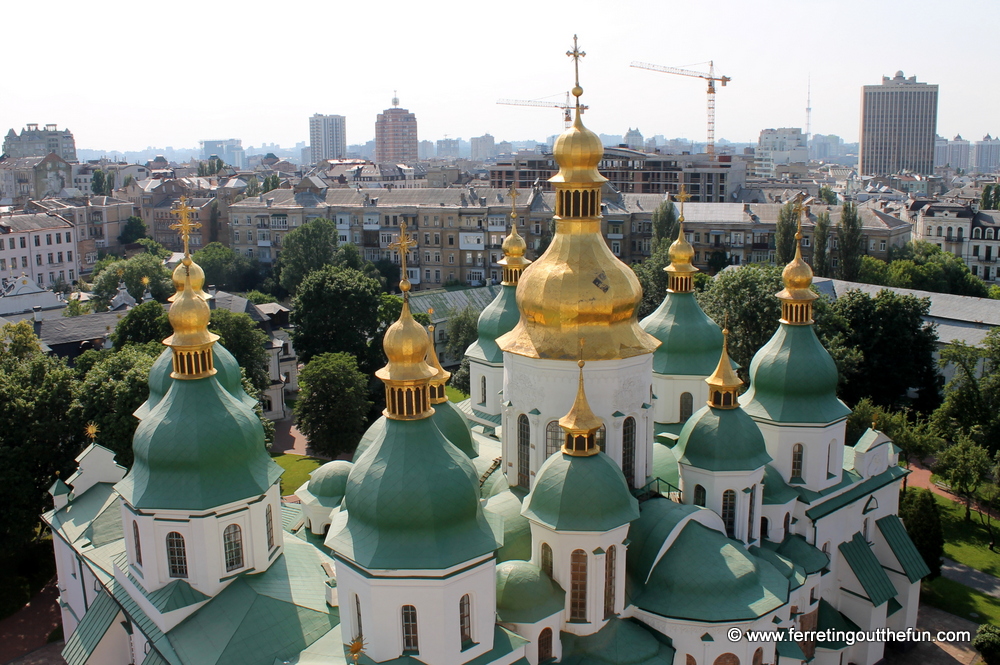

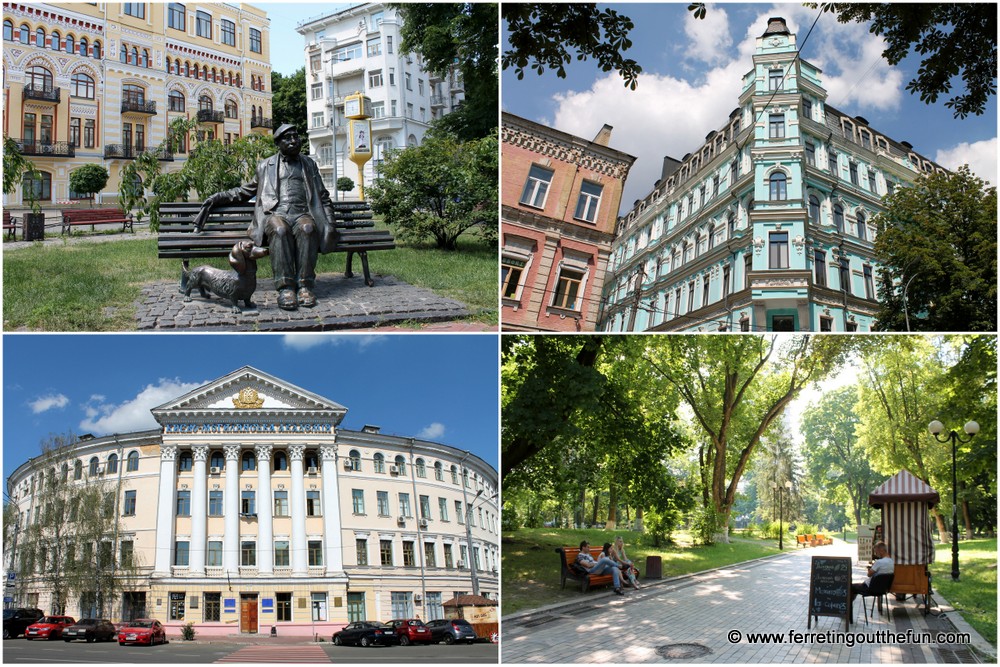
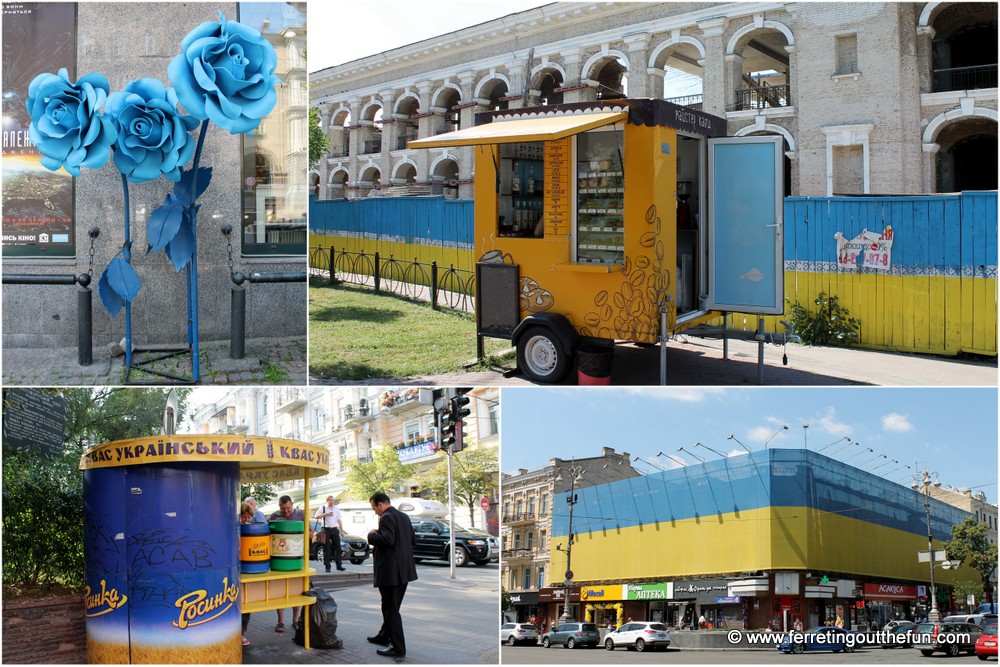
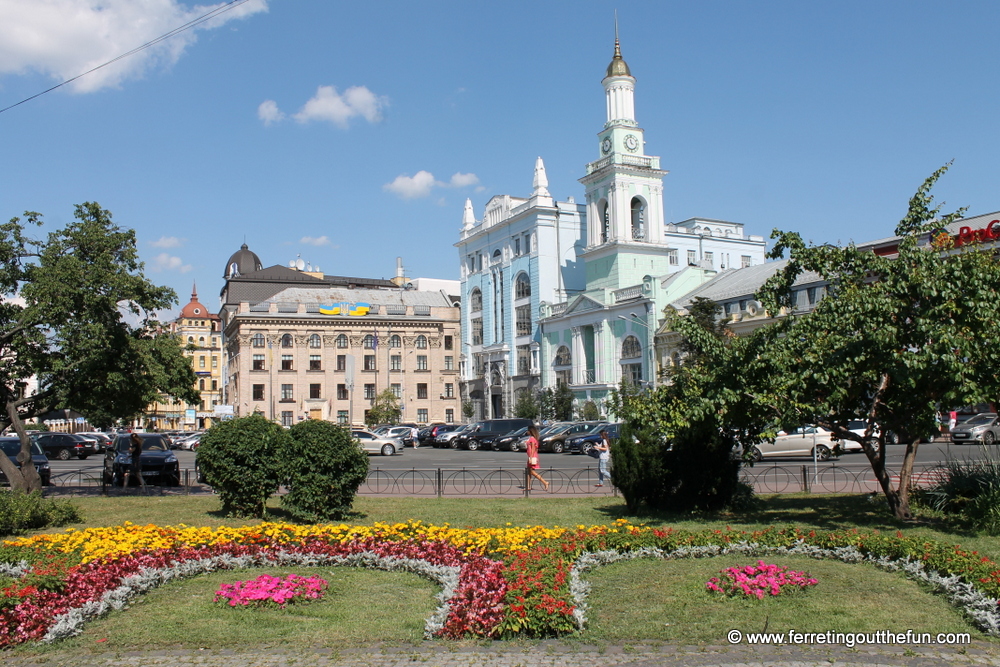
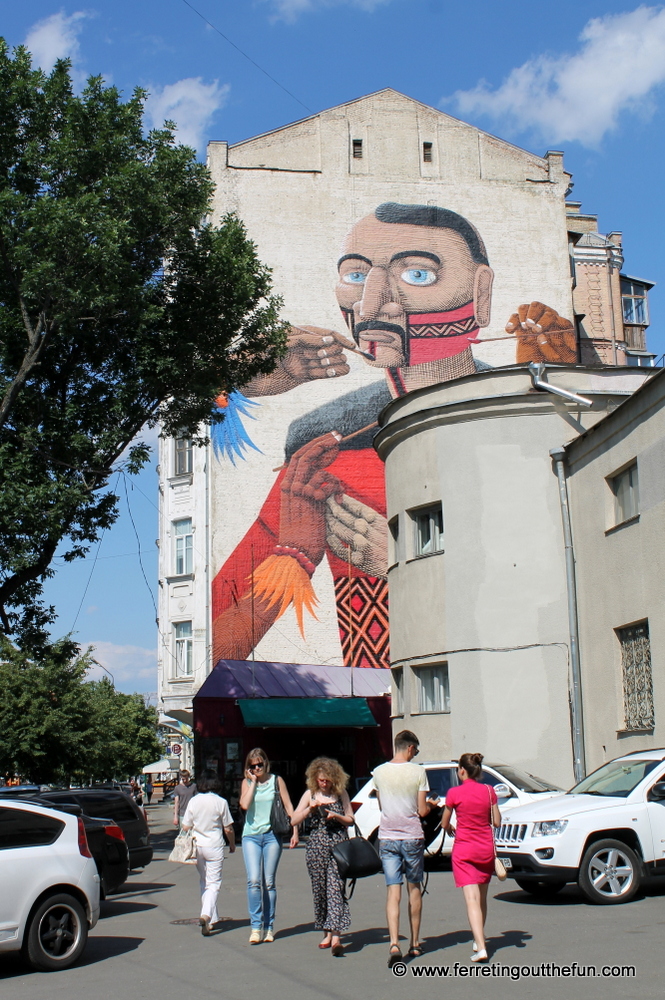
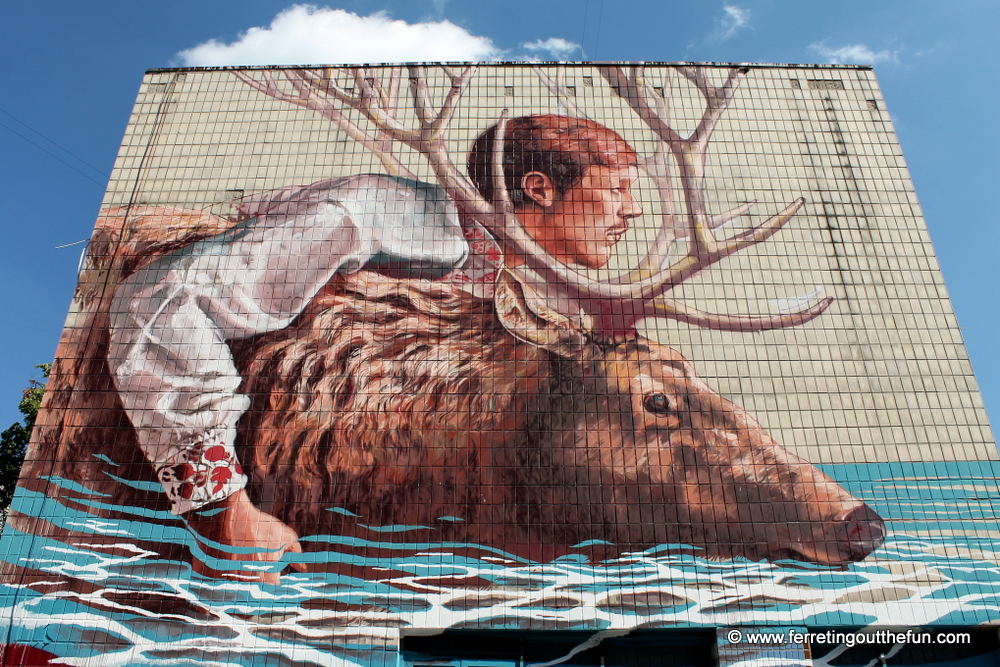
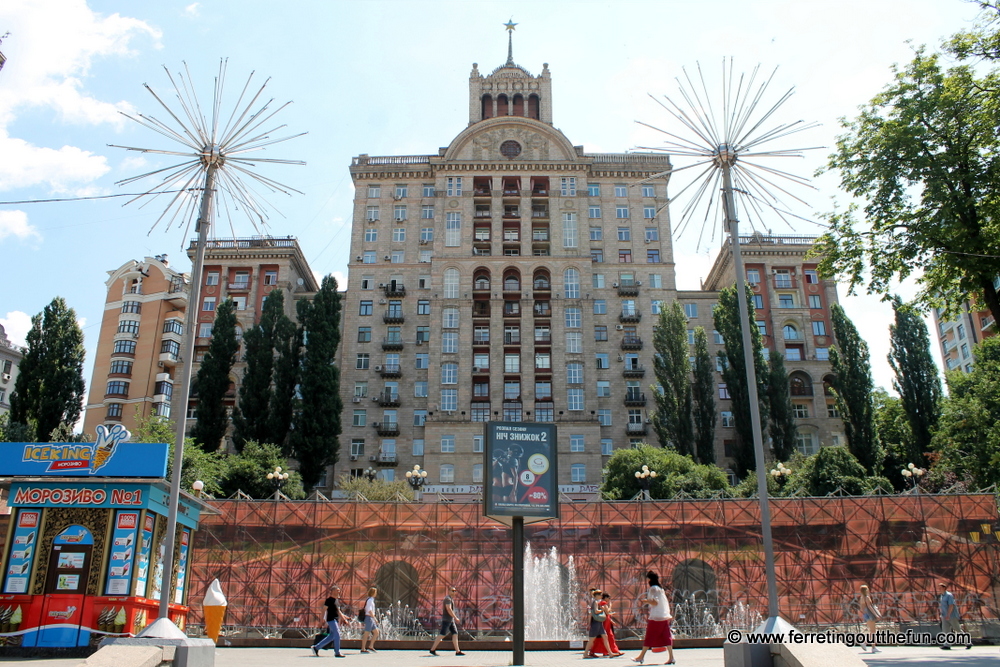

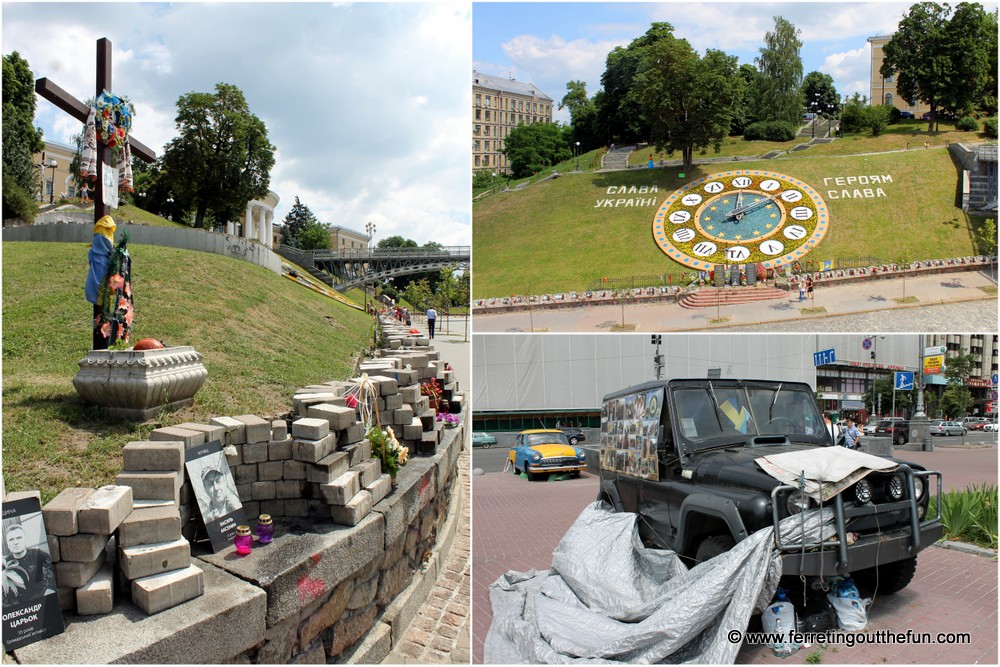


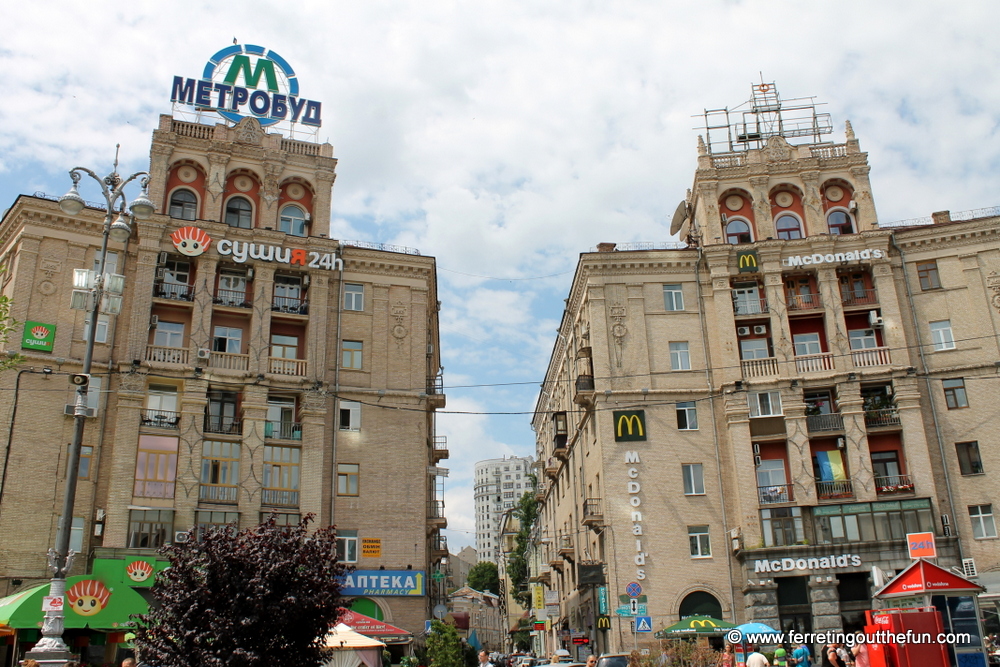
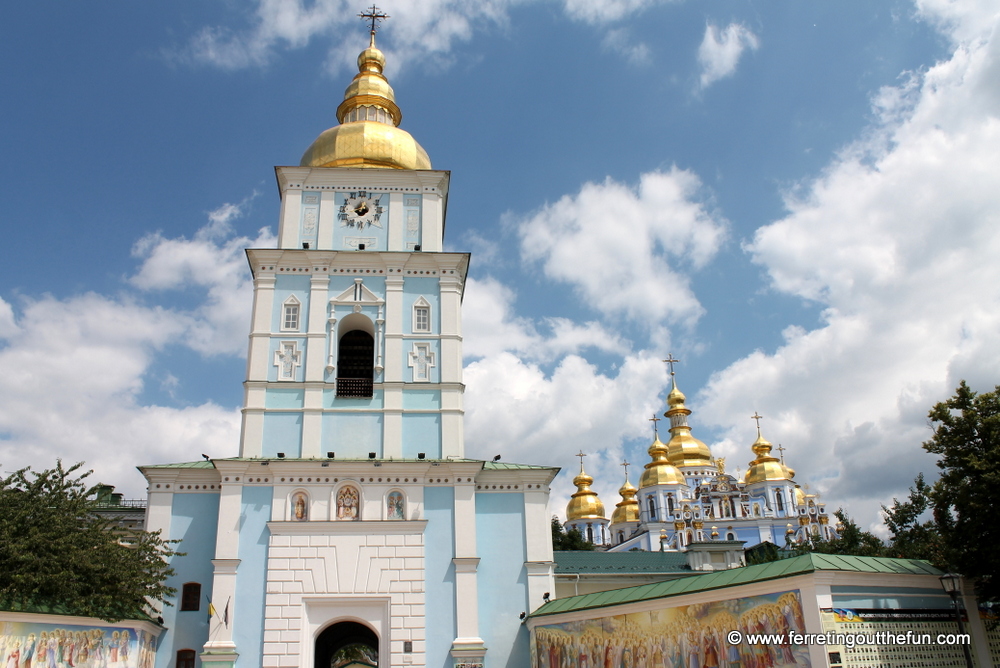
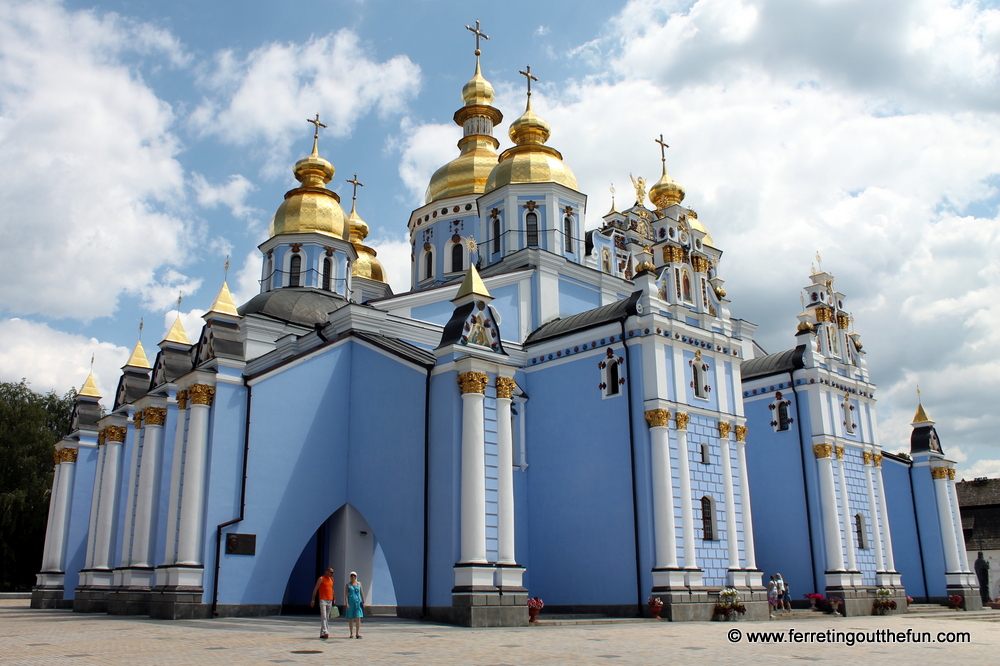
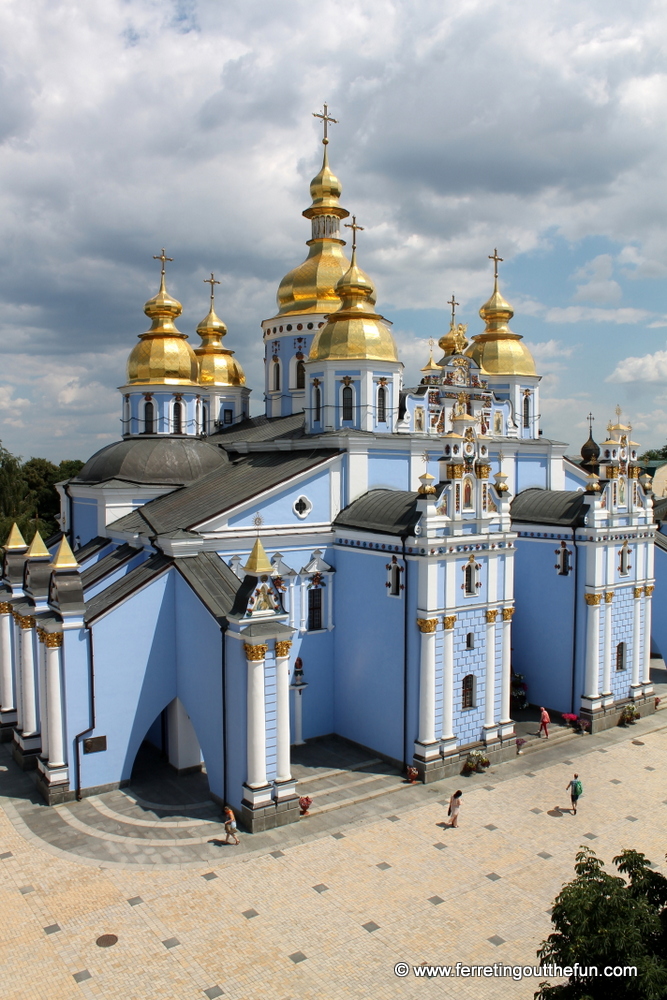
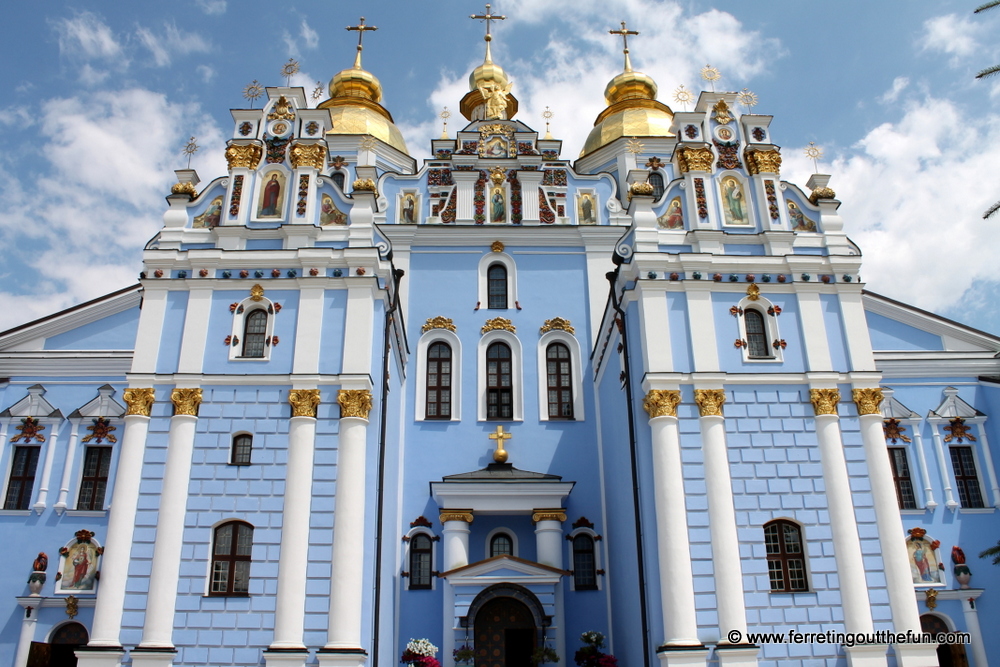
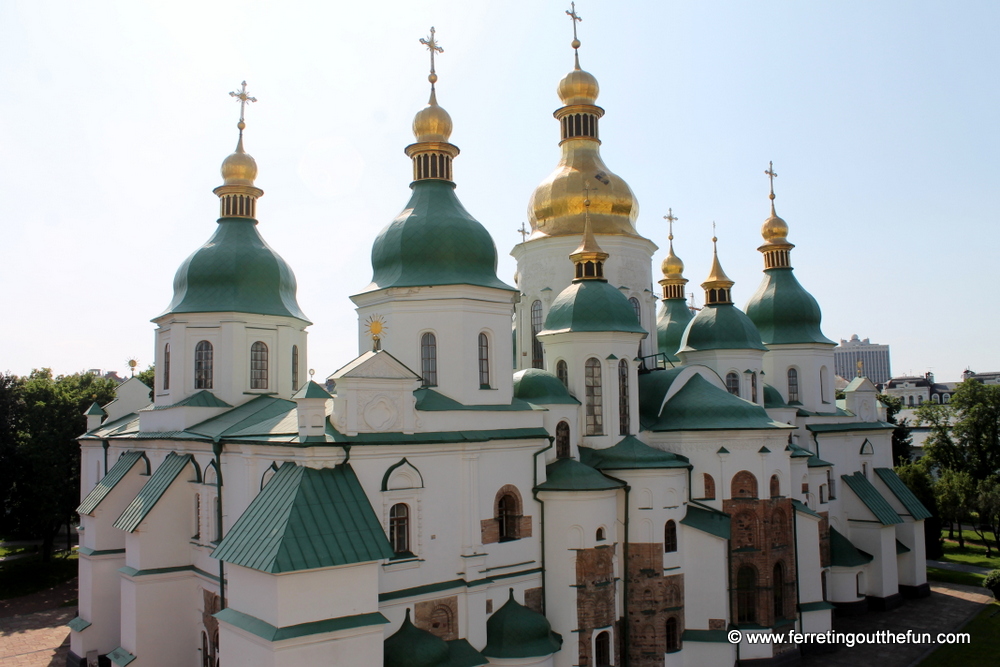
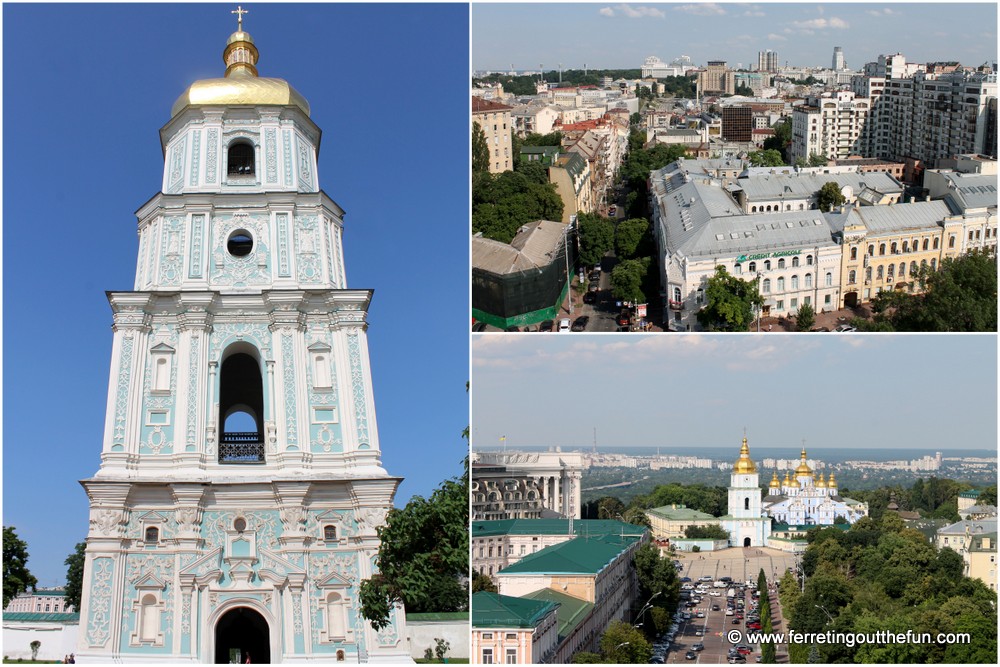

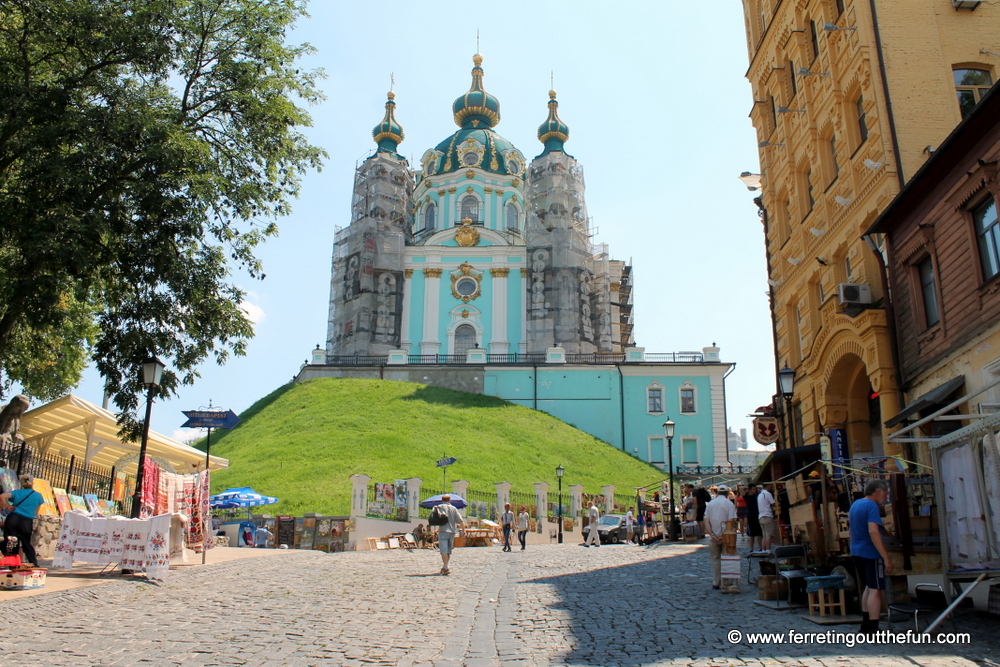
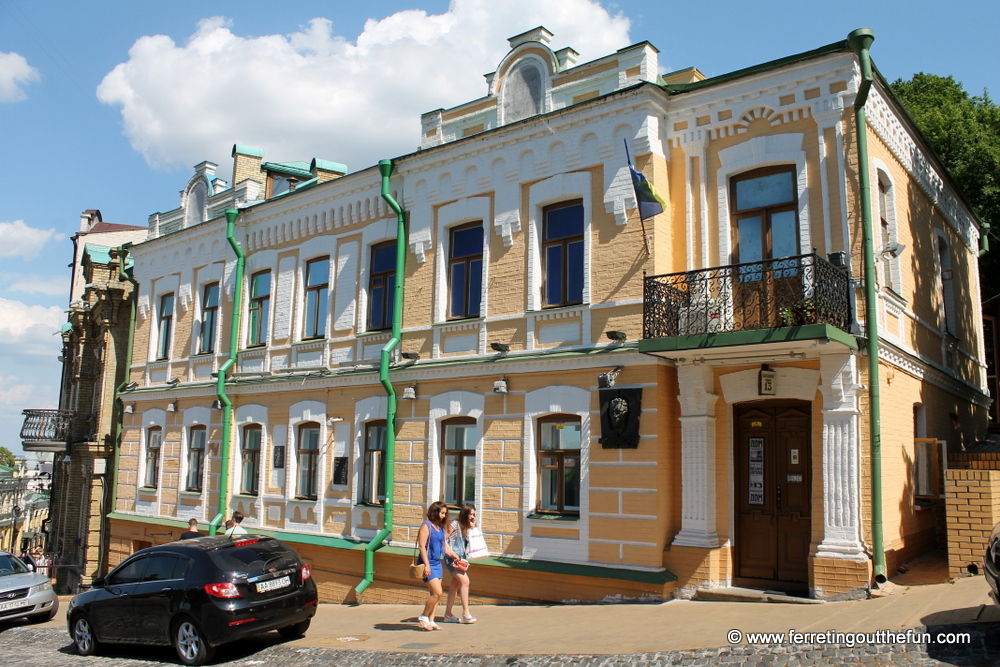
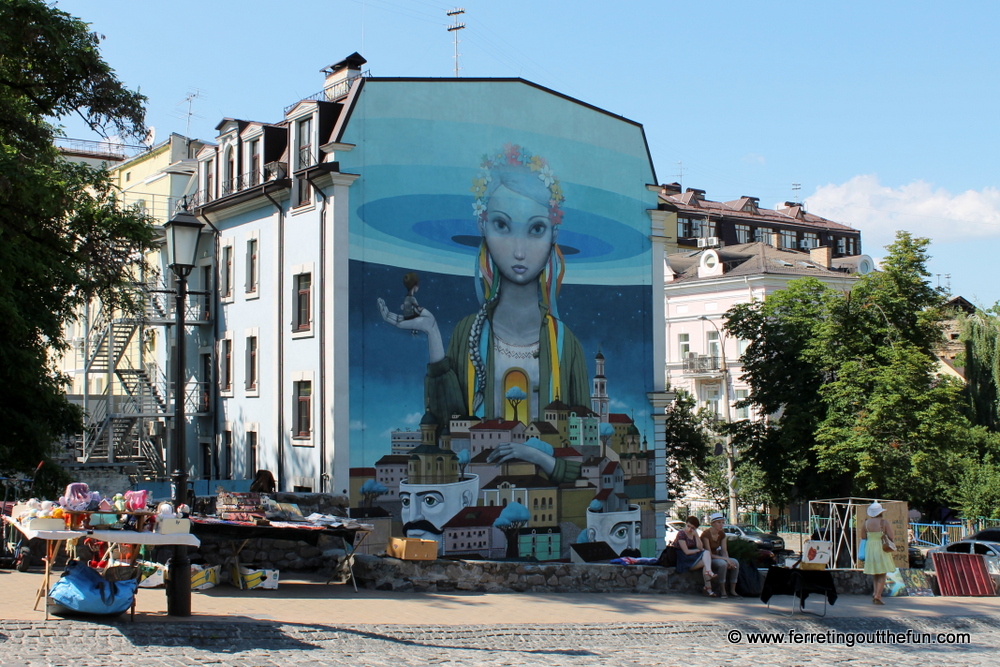
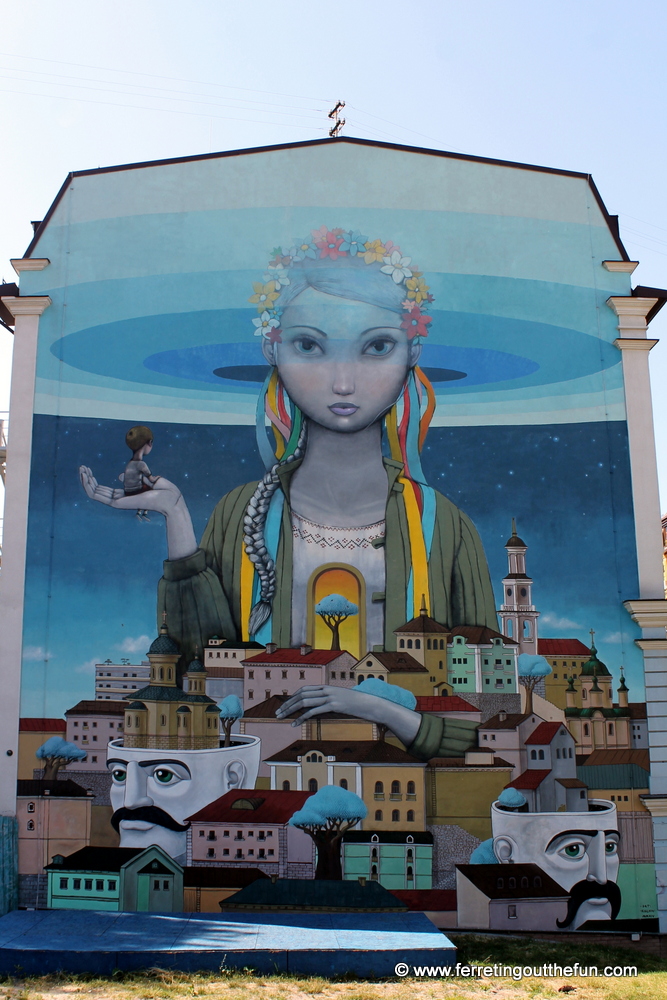
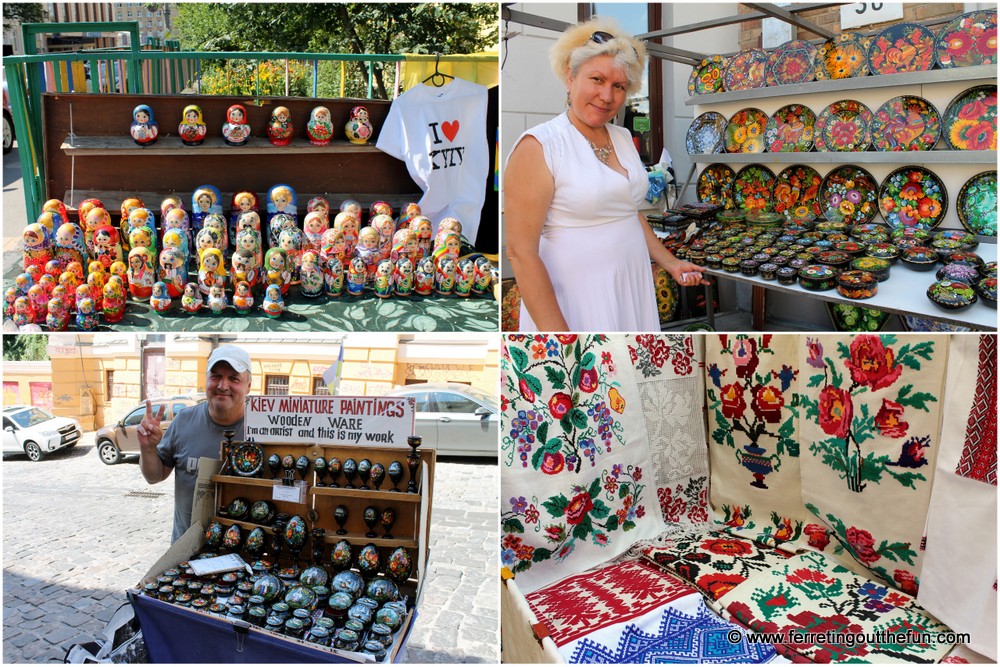


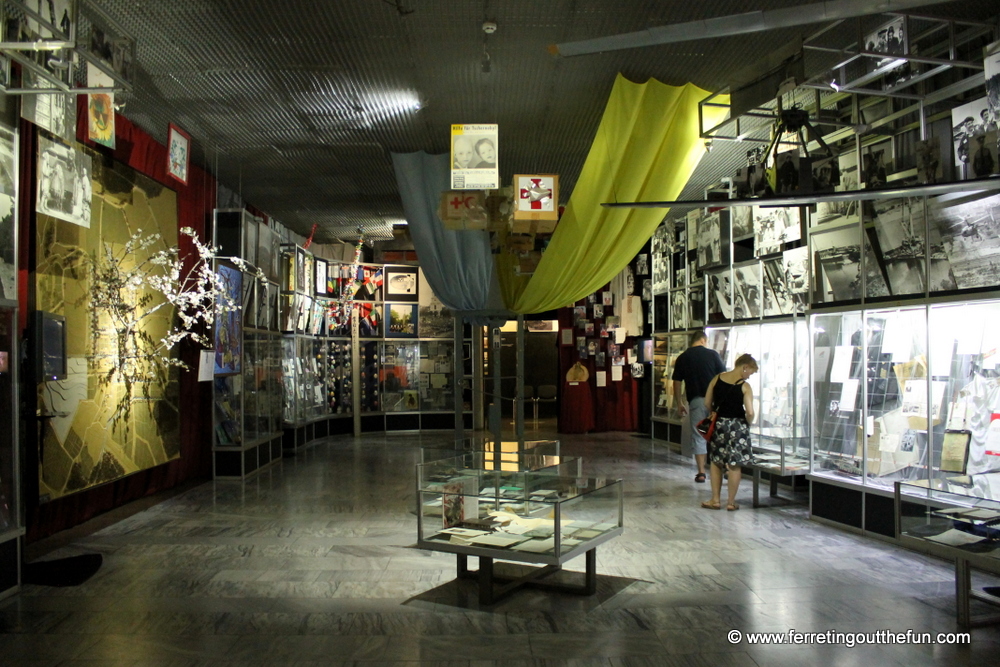
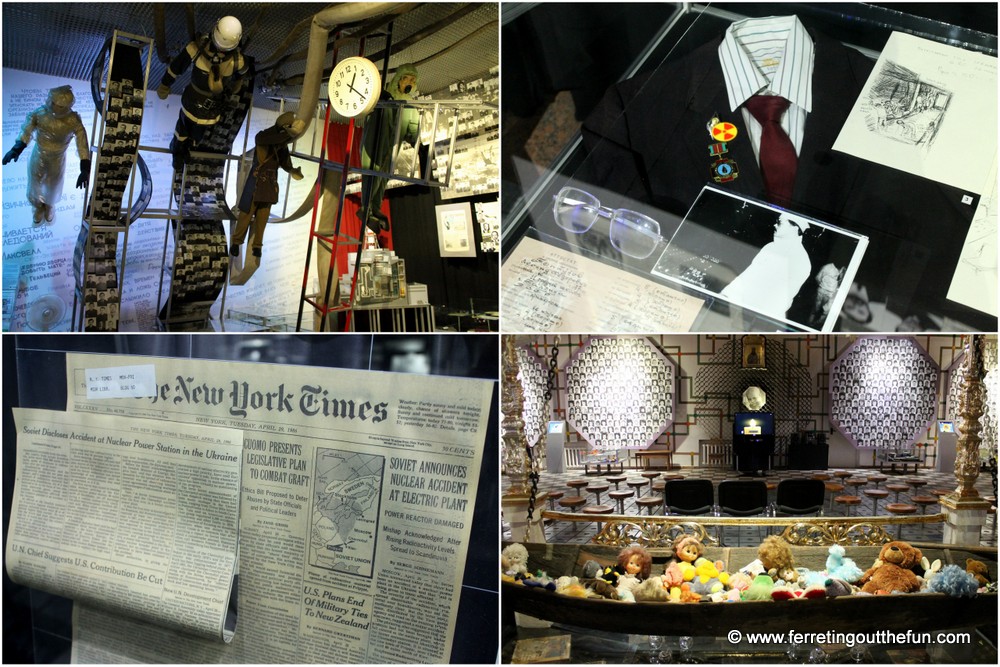
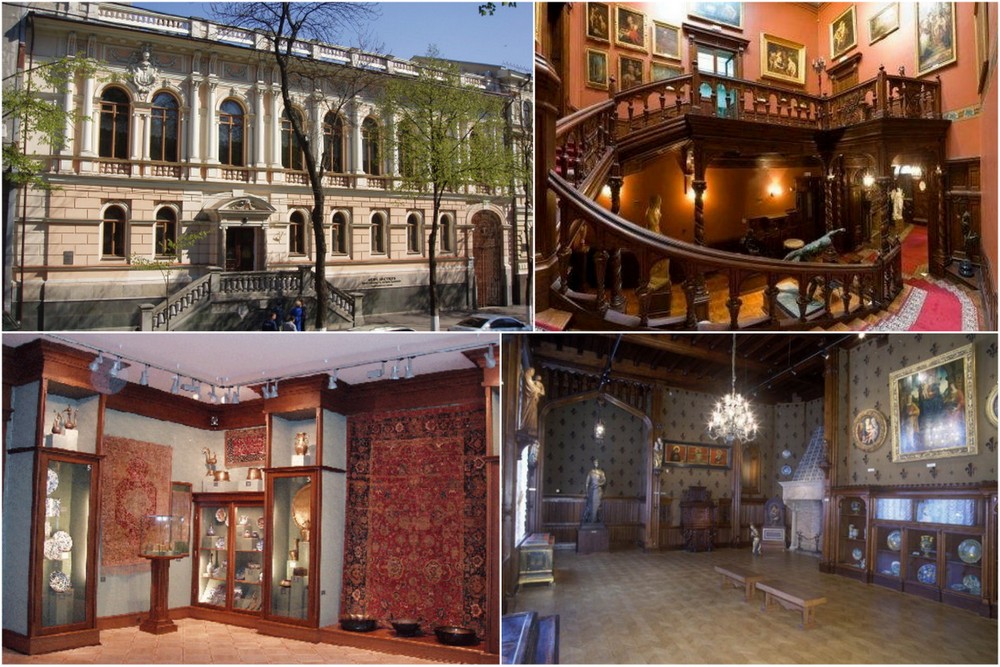
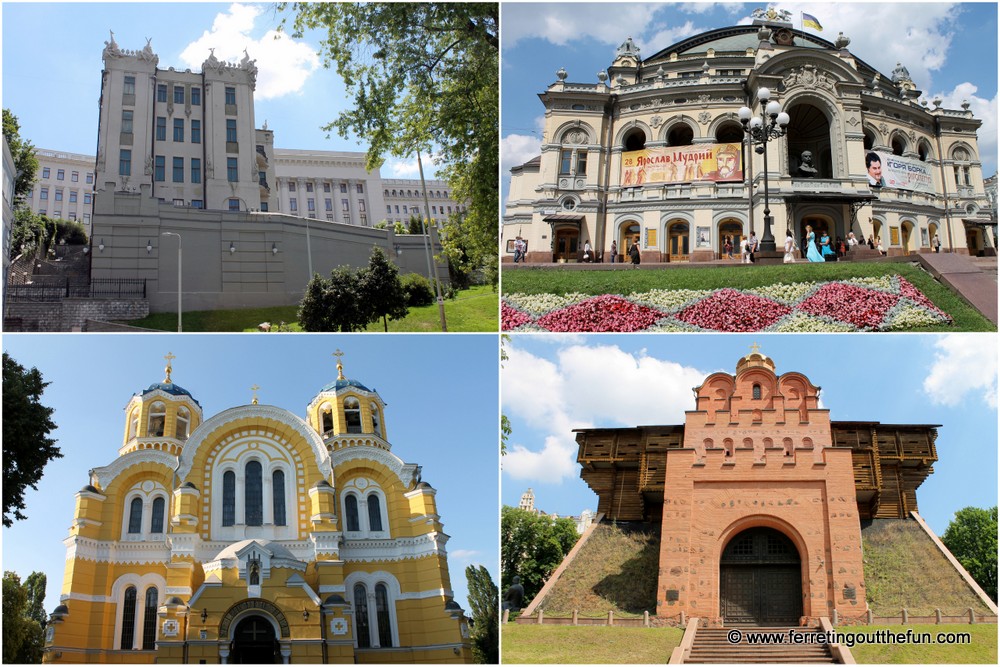
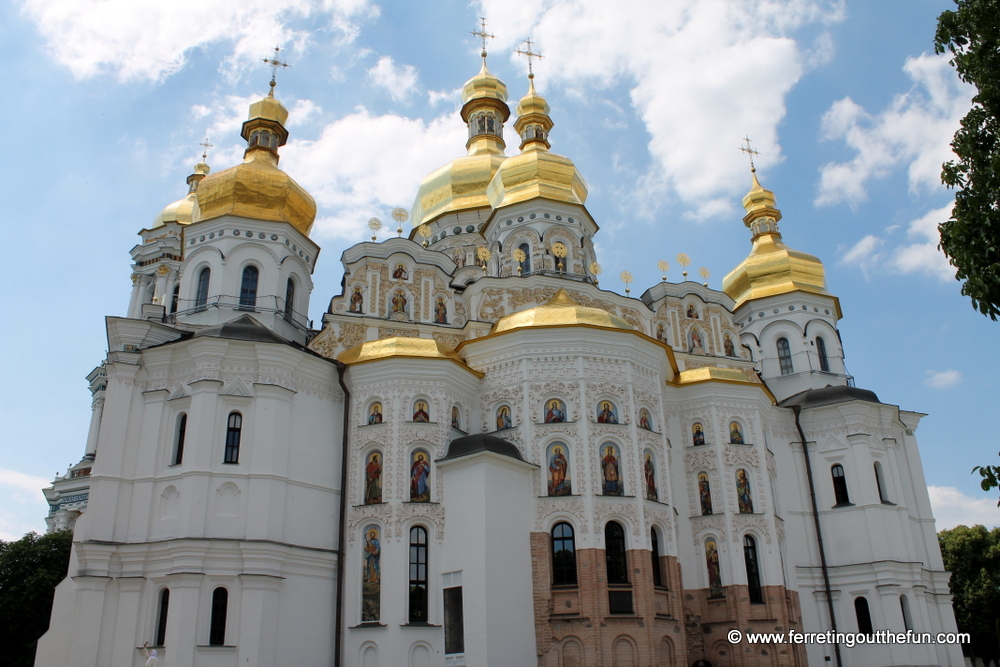
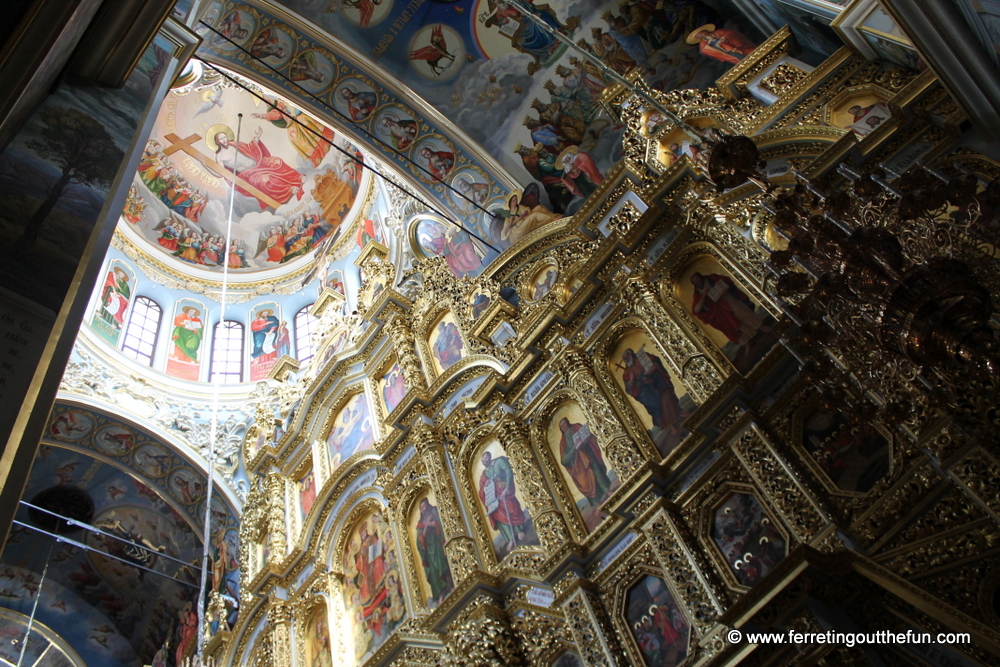
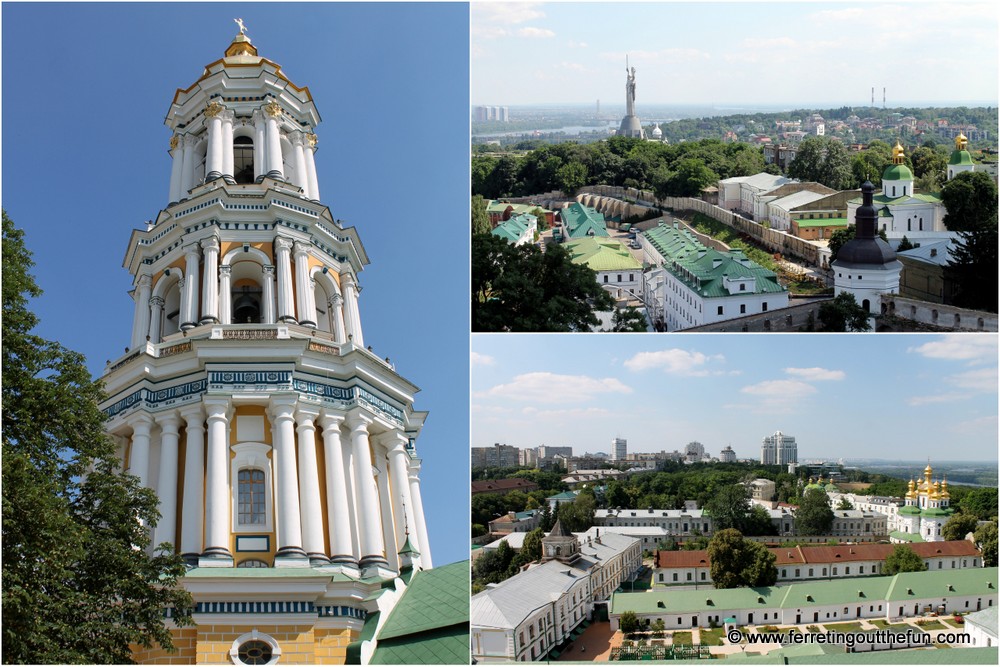
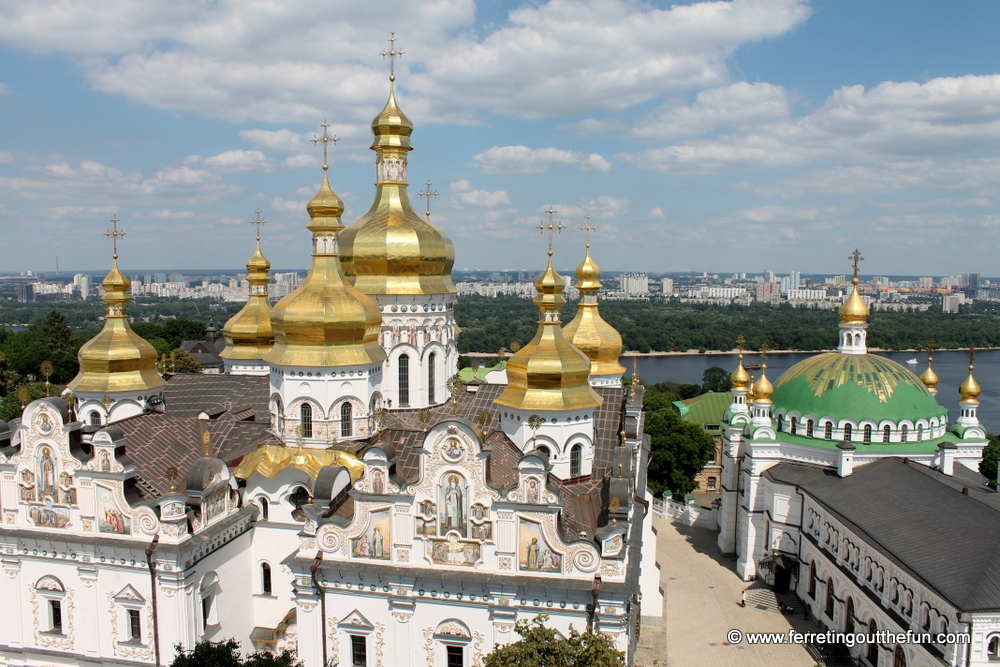
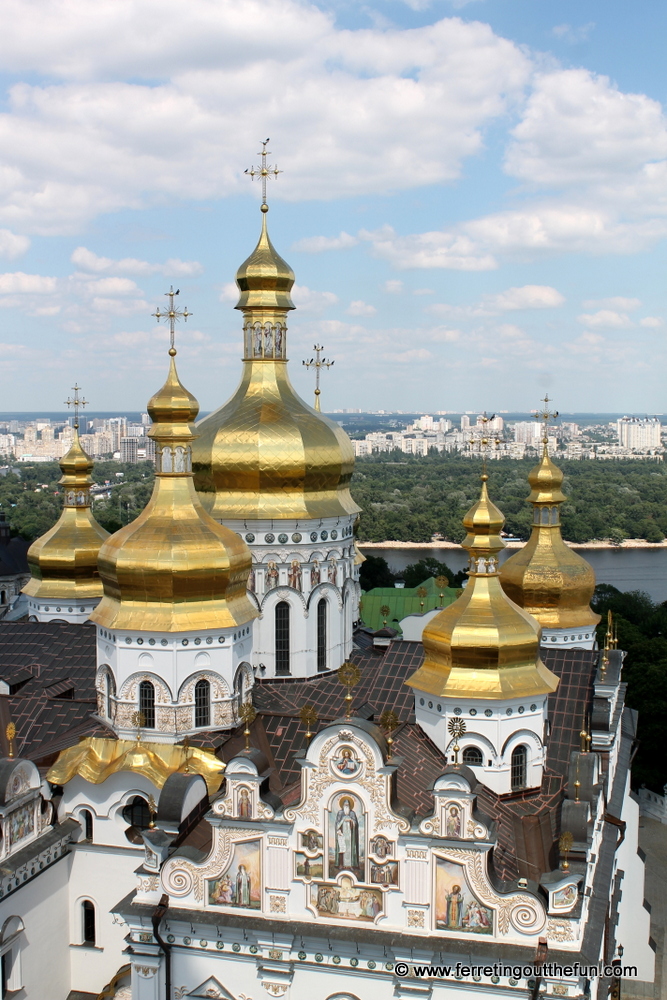
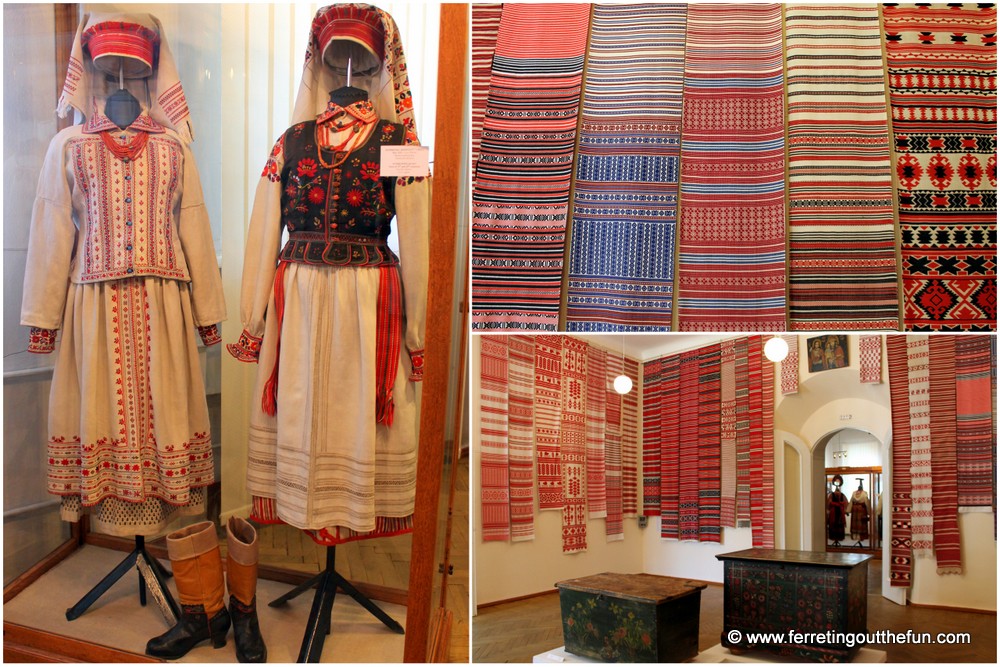
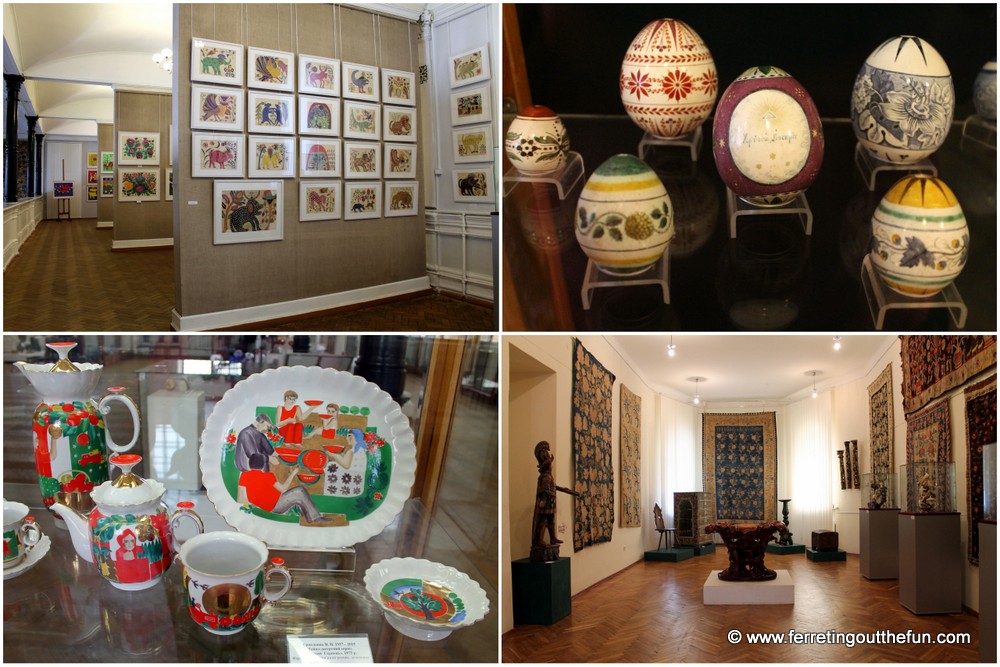

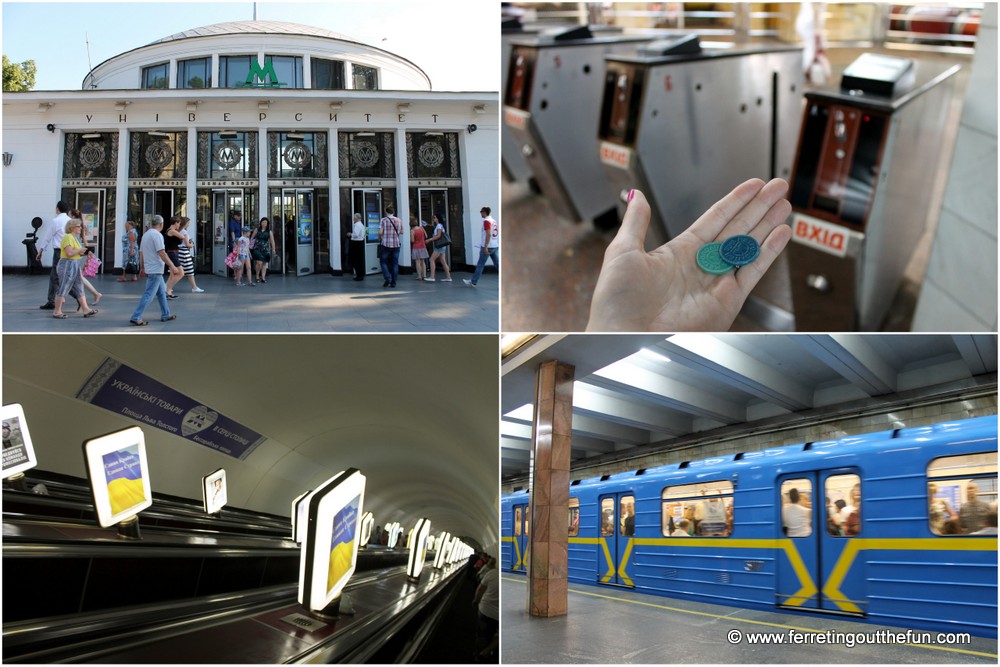
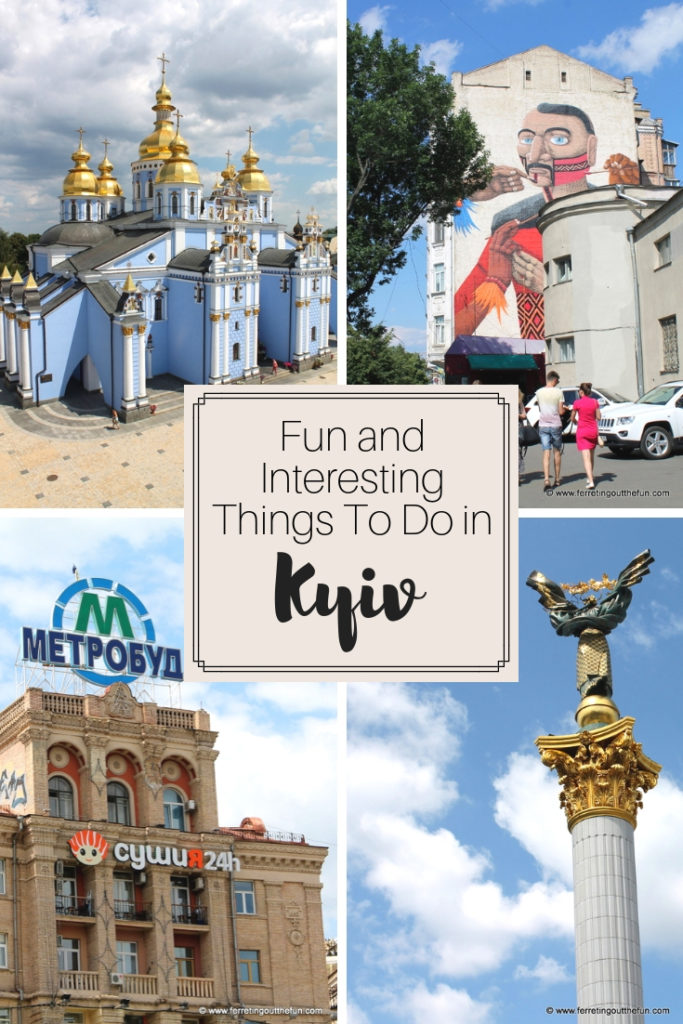
Those cathedrals and churches are absolutely gorgeous! A fantastic post — thanks for sharing!
I enjoyed reading the legend about how Vladimir settled on Orthodox as his religion of choice: https://en.wikipedia.org/wiki/Vladimir_the_Great
Wow. I want to go visit this beautiful city. Loved your blog, always so informative. The pictures were fantastic, especially the ones of the churches.
You’d love these churches! So colorful and ornate!
This will definitely go on our bucket list, thanks for your excellent article! 2018 perhaps, along with Latvia (!), Estonia, Lithuania and Poland! Looking forward to your tips on accommodation, restaurants etc.
Gaby, that sounds like my dream trip! All those destinations are fabulous! I went to Poland for the first time this spring and hope to write about the experience soon. Kyiv restaurants and hotel will be up next. I was really impressed with what we found!
Hehe I love seeing your mom comment on your blog 😛 So cool she reads!!!
Ughhhhh…. this is making me miss Kiev. I have to admit, I’m not a church person or one that likes extravagant sights, but these photos may make me change that thought 🙂
She’s my number one fan 😀
I’m really into places with bright, interesting colors and beautiful craftsmanship. These Orthodox cathedrals definitely fit the bill! I’m currently obsessed with an account on Instagram that showcases bright wooden Russian houses with fancy window trim. (@bezphotonet in case you’re interested.)